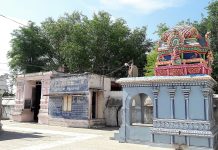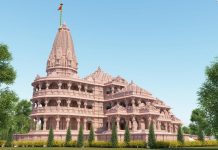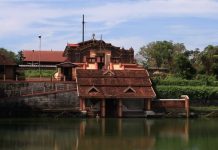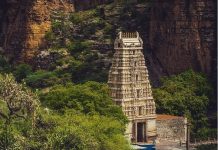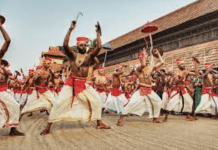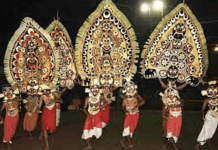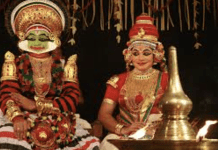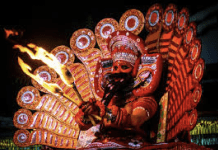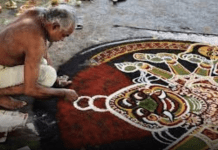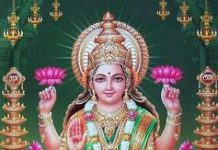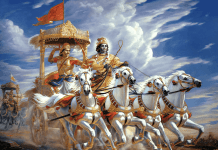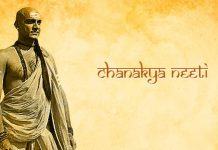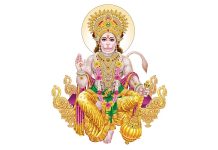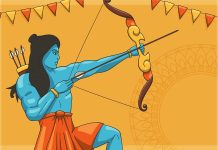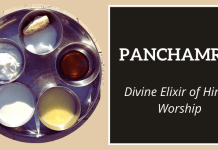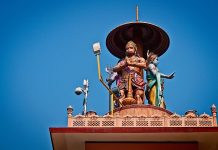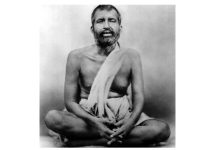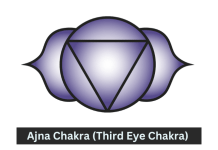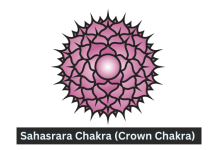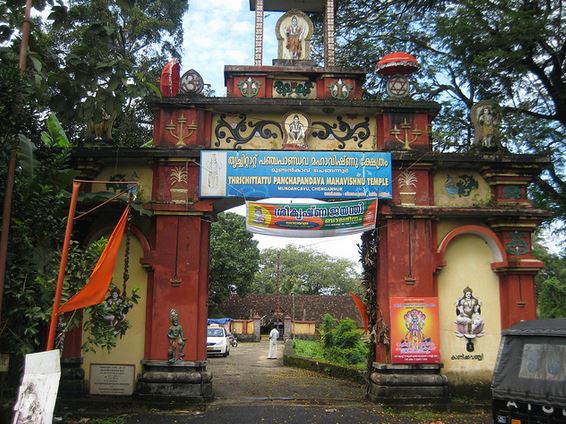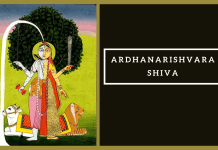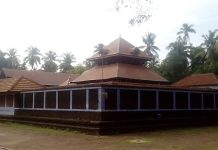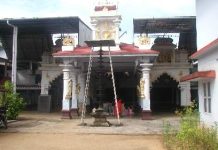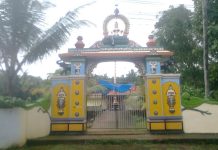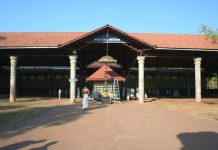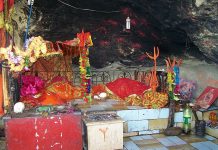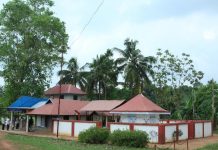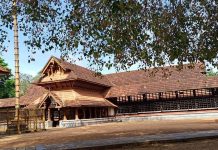Mystical Facts of Thiruchittattu Temple
The Mahavishnu Temple at Thiruchittattu , Chengannur is one of the five Vishnu temples associated with the five Pandava Brothers. Built by the eldest brother, Yudhisthira, it is also the first temple devotees should visit when on parikrama to the five Pandava Temples.

The earliest references to this temple appear in the poems and hymns composed by the prominent Alvar saint, Nammalvar, in circa 800 A.D. There are also stone inscriptions in the temple which date it back to the Second Chera Empire (800 – 1102 A.D.), although, these inscriptions must have appeared in later additions or renovations of the original structure.
One of the aspects of Yudhisthira’s personality that is glorified in the Mahabharata is that although he had never uttered a lie, he lied once in order to defeat his Guru, Dronacharya. Dharmaputra (Yuddhishtra) uttered the words: ashwattaama hatah kunjaraha in an attempt to deceive Drona, and lead him to a defenseless state in which Arjuna was able to bring about his death. In order to purify himself of this sin, Yudhisthira underwent penance, worshipping the Lord here at Thirichittattu by building the temple.

Nammalwar describes ‘Chenkunrur’ as a town where the smoke emanating from the Vedic ritual yagnas fills the sky, and as a place surrounded by rich lush vegetation (of bananas and coconuts).
Prior to Yudhisthira’s arrival at this holy site in Kerala, the imayavar (devas) came to this place, thus the presiding Deity is referred to as Imayavarappar. The Lord’s consort here is Senkamalavalli.
Lord Mahavishnu (Imayavarappar) holds the shankh in His right hand. Lord Krsna as Goshala Krishna and Lord Sastha are also installed here. Sadly, in 1996 the presiding Deity was damaged in an attempted robbery. A new deity was consecrated in 1997.
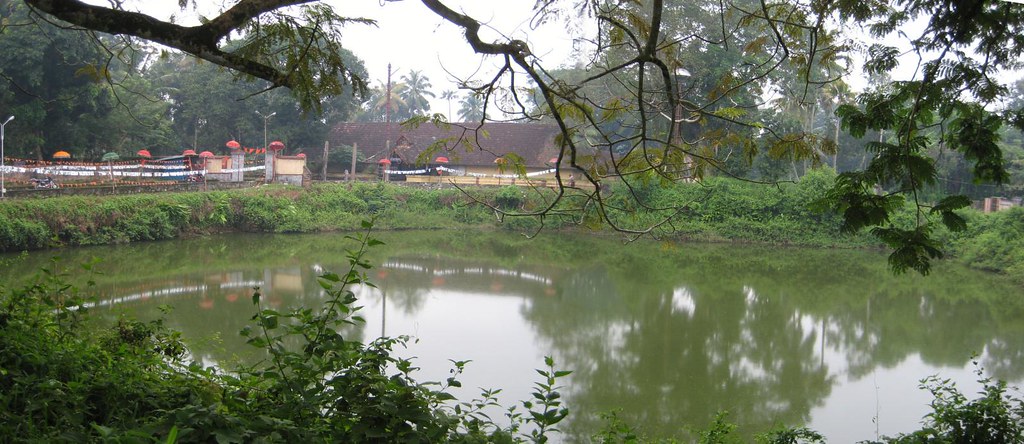 The temple vimana is called Jagatjyoti Vimanam, and the theertham (holy tank) is known as Shankha Theertham.The main festivals at this temple, held when the temple is in a prosperous state (not always over the years), are scheduled in the Malayalam month of Meenam (March/April), and include performances of Chakkiyar koothy, Koodiyattam dance, etc. In Medom (April/May), Ashtami Rohini is celebrated.
The temple vimana is called Jagatjyoti Vimanam, and the theertham (holy tank) is known as Shankha Theertham.The main festivals at this temple, held when the temple is in a prosperous state (not always over the years), are scheduled in the Malayalam month of Meenam (March/April), and include performances of Chakkiyar koothy, Koodiyattam dance, etc. In Medom (April/May), Ashtami Rohini is celebrated.

